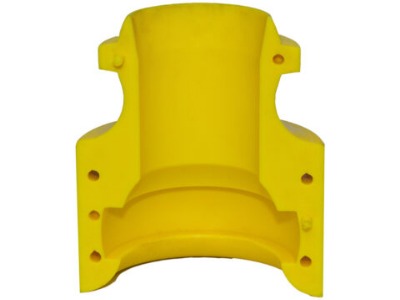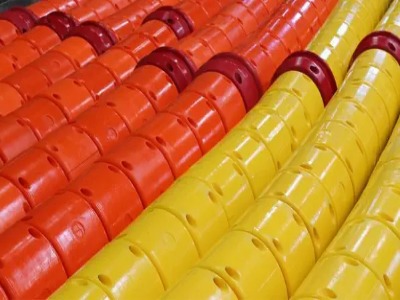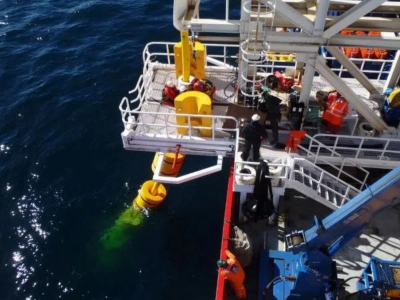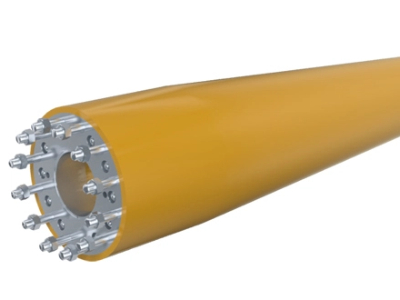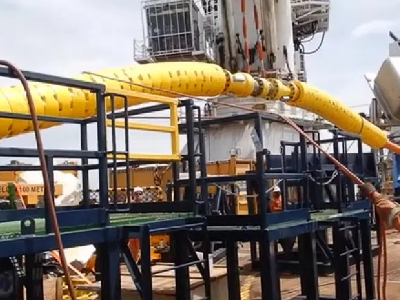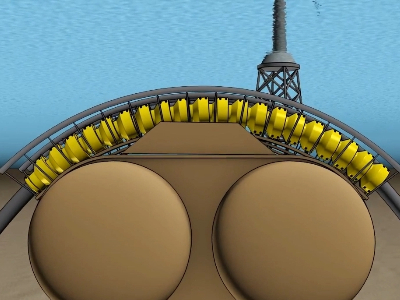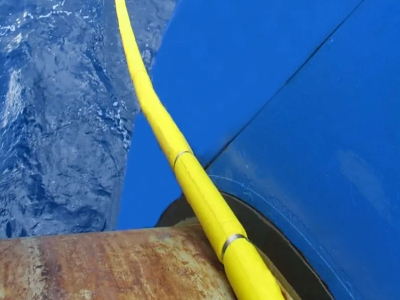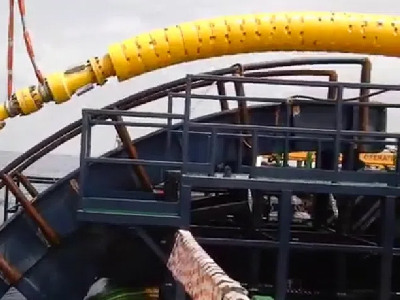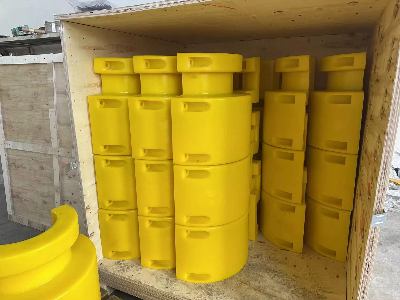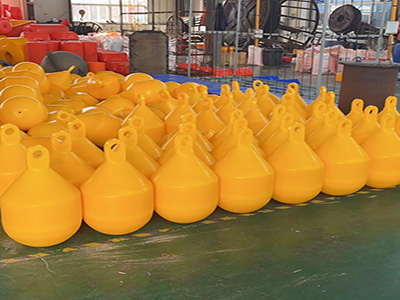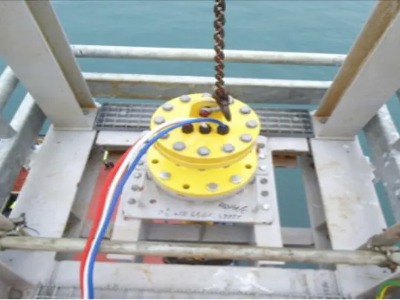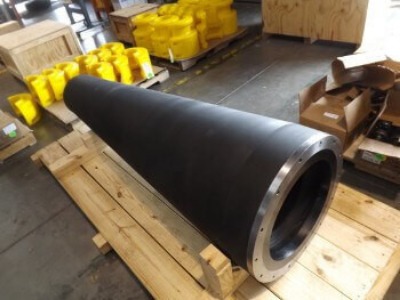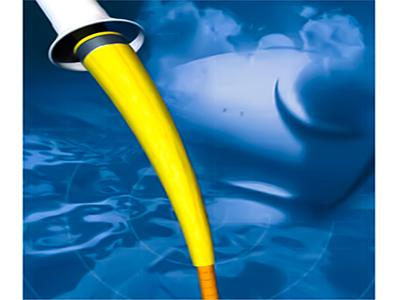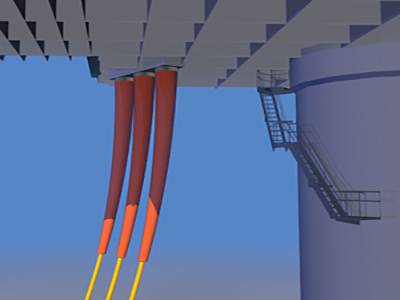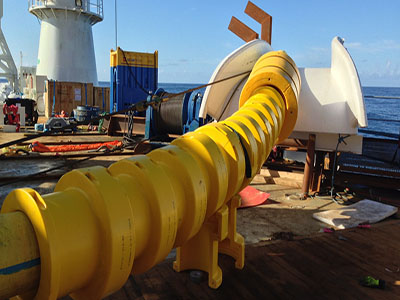Polyurethane elastomers offer strength, elasticity, and seawater resistance. Bending stiffeners are applied in offshore engineering to protect subsea cables, umbilicals, and flexible risers at points where they are most vulnerable to cyclic bending and dynamic loads. Typical scenarios include:
• Cable entry/exit points at floating or fixed structures
For example, at the topside termination where a dynamic power cable or umbilical leaves a floating wind turbine, FPSO, or offshore platform.
• Riser and umbilical interfaces with subsea equipment
Where flexible pipes or cables connect to manifolds, J-tubes, I-tubes, or other rigid structures.
• At or near the splash zone (sea surface region)
The zone most exposed to wave and current action, where cables undergo repeated oscillation and bending.
• During cable laying and installation
At the cable overboarding point on lay vessels, bending stiffeners may be temporarily used to prevent acute bends as the cable enters the water.
In short, they are used where flexible products transition to rigid structures, especially in dynamic or high-stress environments at or near the sea surface.
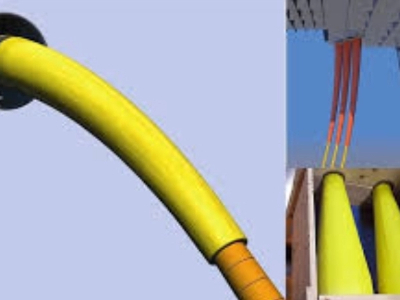
Characteristics of polyurethane elastomers
Polyurethane (PU) elastomers combine the best features of plastics and rubbers:
High elasticity and resilience → Absorbs cyclic stresses without cracking.
Excellent wear and abrasion resistance → Protects against friction with J-tubes, seabed contact, or installation equipment.
High tensile and tear strength → Handles extreme loads and sudden impacts.
Adjustable hardness (Shore A–D) → Allows tailored stiffness for different cable diameters and loads.
Resistance to seawater, oils, and microbial attack → Stable in long-term marine immersion.
Wide service temperature range (approx. -40 °C to +100 °C) → Maintains performance in harsh offshore conditions.
Advantages of polyurethane in offshore applications
Extends the service life of subsea cables and umbilicals by preventing over-bending and fatigue failure.
Reliable under dynamic motions caused by waves, currents, and floating platforms.
Corrosion-resistant alternative to metals → requires minimal maintenance.
Design flexibility → can be molded into complex geometries for easy clamping or a split design for on-site installation.
Cost-effective and sustainable → durable material reduces replacement frequency, and certain PU systems are recyclable.
Bending stiffeners are used at sea surface transitions and cable/structure interfaces to protect flexible cables from fatigue. Polyurethane elastomers are the material of choice because they combine elasticity, strength, wear resistance, and seawater durability, making them highly advantageous for long-term offshore applications.
You can contact us any way that is convenient for you. We are available 24/7 via email. You can also use a quick contact form below or visit our website. We would be happy to answer your questions.

